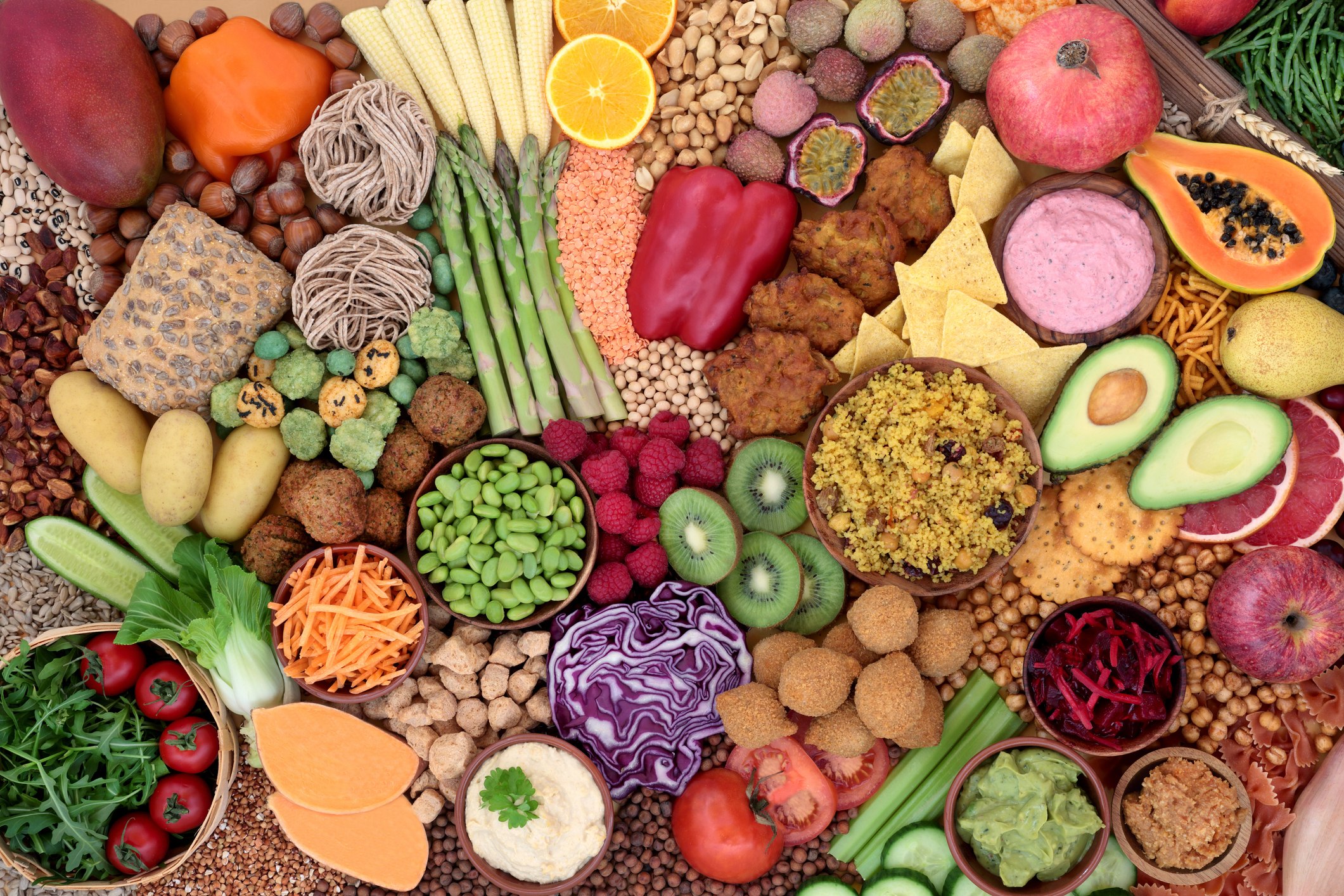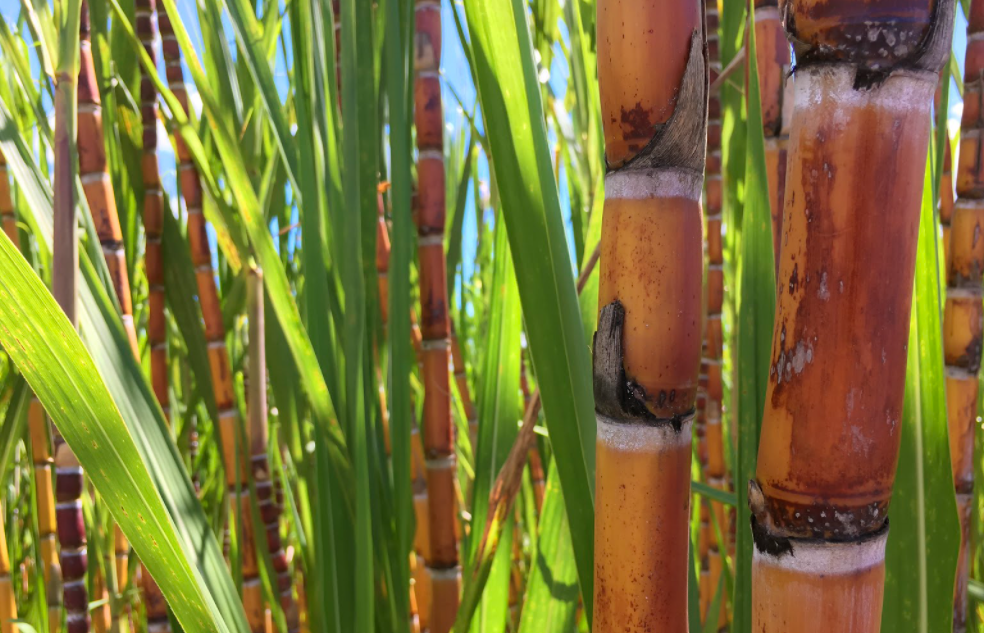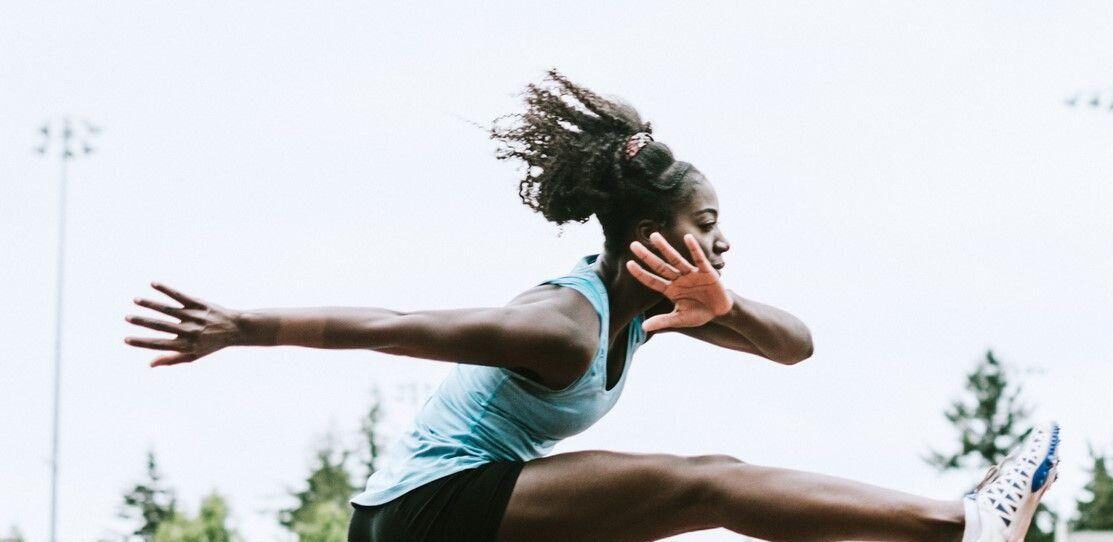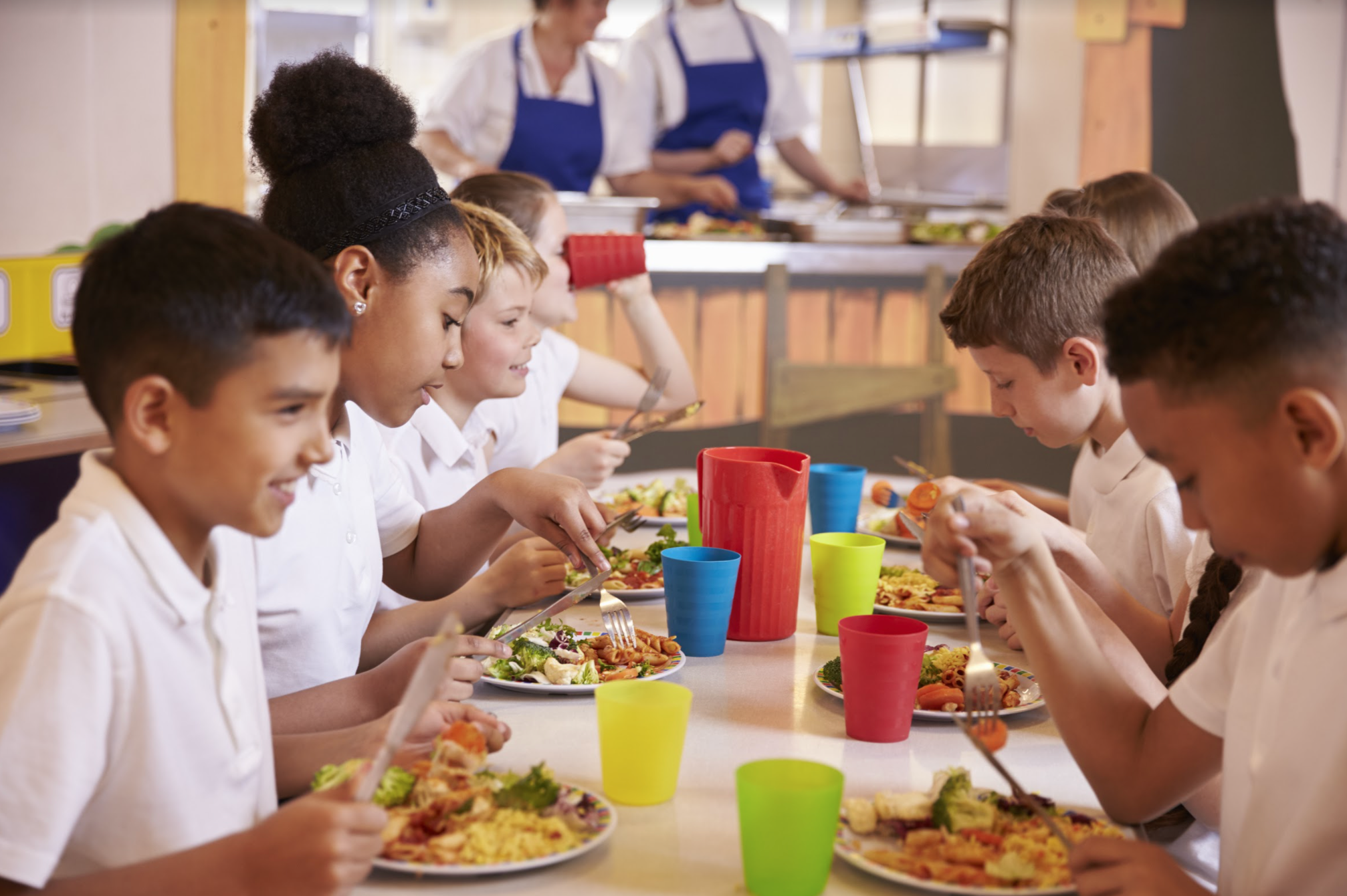Learning objective
- To identify different stages of the human life cycle.
Success criteria
- I can identify animal offspring.
- I can order the
This content is for subscribers only. Join for access today.
National curriculum
Science
Animals, including humans
Pupils
This content is for subscribers only. Join for access today.
Cross-curricular links
None.
This content is for subscribers only. Join for access today.
Before the lesson
This content is for subscribers only. Join for access today.
Lesson plan
Recap and recall
Before starting this unit, check the children can recall the following key facts from Science, Year 1, Animals, including humans: Comparing animals. Name and describe the physical features of a range of animals. Sort animals into groups based on their similarities and differences. Identify characteristics specific to mammals, birds, reptiles, amphibians and fish.
This content is for subscribers only. Join for access today.
Extended-mode explainer videos
How to extend your display to view the lesson page and preseantion mode simultaneously. Choose your operating system below to watch the video
If you need further support with extending your display,
please contact [email protected].
Extended-mode explainer video: For Mac
Extended-mode explainer video: For Windows
Adaptive teaching
Pupils needing extra support
Could use the flipchart created by the teacher to help them order the human life cycle; could cut and stick images of the life cycle using the Activity: Human life cycle.
Pupils working at greater depth
Should add some of the key indicators of each stage to their life cycle; should explain what would happen if we did not stop growing.
This content is for subscribers only. Join for access today.
Assessing progress and understanding
Pupils with secure understanding indicated by: identifying animal offspring; ordering
This content is for subscribers only. Join for access today.
Vocabulary definitions
-
adult
The stage of the human life cycle that can produce offspring.
-
baby
The youngest stage of the human life cycle.
This content is for subscribers only. Join for access today.





